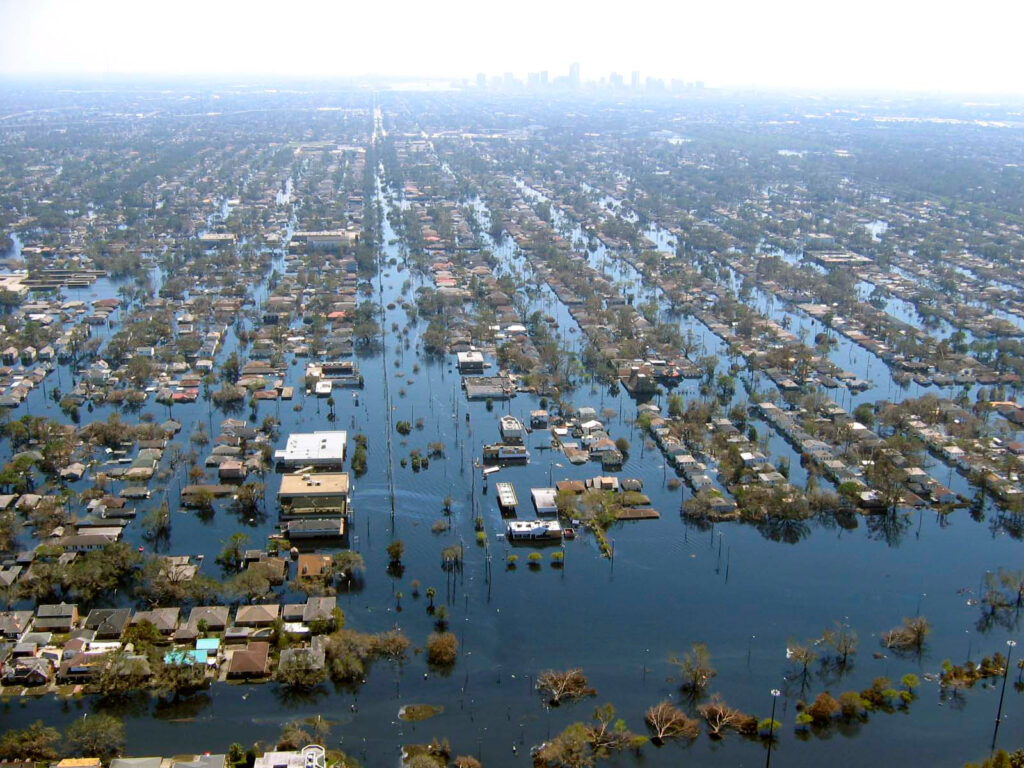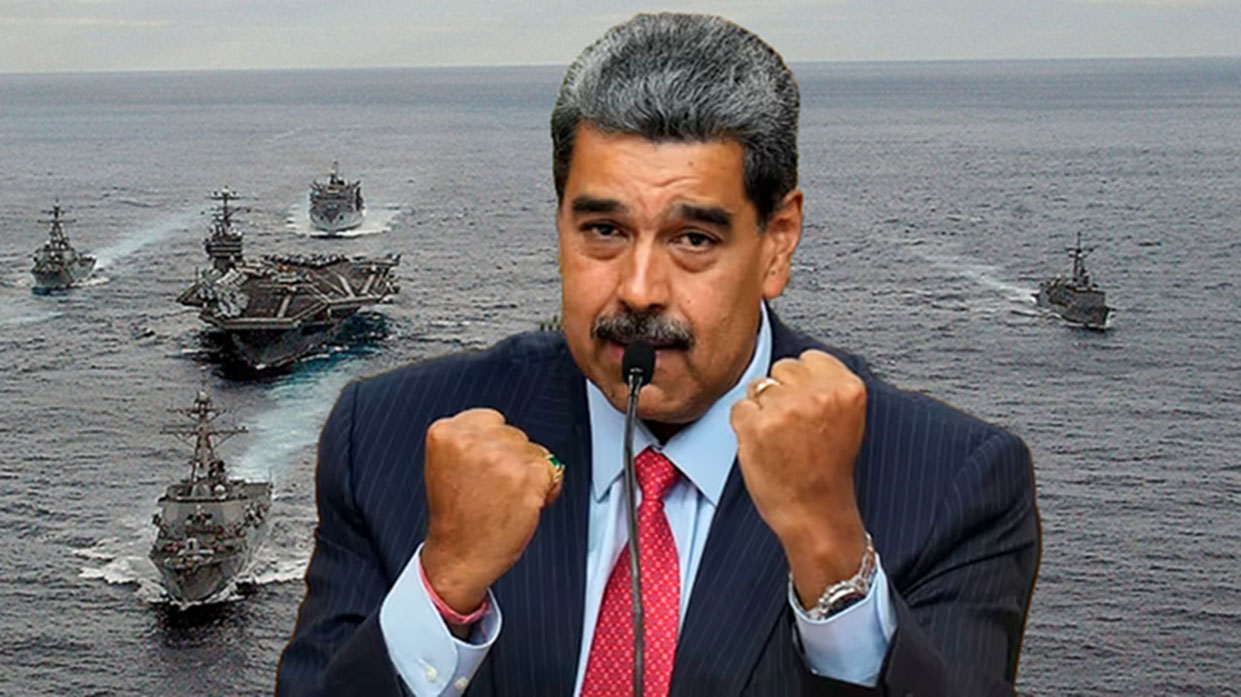By Carlos Taylhardat
3 Narratives News
“Why didn’t I see this in the news?”
That’s a question I ask often. It’s easy to believe that if a disaster is big enough, powerful enough, or tragic enough, it will make the rounds. But my work at 3 Narratives News has shown me something else: most catastrophes never make the rounds. They evaporate. They remain invisible.
In September 2025, torrential floods swallowed villages in Sindh Province, Pakistan. Dozens died. Thousands were displaced. Relief organizations pleaded for aid. But in North America and Europe, the story barely surfaced. A week later, a smaller earthquake in Italy dominated front pages worldwide. Why?
Why do some disasters dominate headlines, while others are reduced to footnotes—or erased entirely?
Below are two prevailing narratives about how the media treats disasters, and the silent story that neither captures fully.
Narrative A: The Media Logic — Why News Chooses What It Chooses

From a newsroom’s perspective, covering disaster is not an act of moral clarity. It is shaped by cost, audience, and algorithms.
1. Cost & Logistics
Sending reporters to floodplains in Pakistan or drought-stricken villages in Madagascar requires translators, fixers, safety escorts, satellite phones, and insurance. It is costly and dangerous. A storm in Texas, by contrast, is covered from bureaus already in place. Cost makes distance disappear from coverage.
2. Audience & Demand
Editors prioritize stories likely to “resonate.” A hurricane in Florida or an earthquake in Japan draws instant emotional connection. A drought in a place most readers cannot locate on a map? Not so much. Editors justify exclusion by saying, “There’s no interest.” But interest cannot emerge where awareness never existed.
3. Algorithmic & Network Biases
Global datasets confirm the bias. Certain disasters—earthquakes, wildfires, industrial accidents—receive far more cross-border coverage than floods, droughts, or extreme heat, even when the latter kill more people. A 2025 study analyzing 135 million articles across 123 countries found a striking pattern: when populations share cultural or genetic ties with the reporting country, disasters receive amplified coverage. Where no ties exist, silence prevails. Media doesn’t just cover disaster—it covers familiar disaster.
Thus the newsroom logic: limited budgets, audience targeting, algorithmic reinforcement. But neutrality this is not. It is a system built on selectivity.
Narrative B: The Forgotten Frontlines
Floods in Sindh. Drought in the Horn of Africa. Cyclones in Madagascar. These communities are often seen as “NGO zones,” but rarely as newsworthy to global outlets.
1. Living in the Shadow of Silence
For communities that never enter global headlines, the silence compounds suffering. Relief funds, aid deliveries, and international pressure all depend on visibility. If a disaster is invisible, recovery slows and loss deepens.
2. The Double Harm of Invisibility
When a tragedy is ignored, survivors endure not only the disaster itself but the erasure of their story. To be unseen is to be told implicitly: your suffering does not count.
3. The Scale Misread
Many readers assume: if a disaster isn’t on CNN or BBC, it must not be large. That assumption is false. Coverage becomes the measure of scale. During Hurricane Harvey, studies showed U.S. front pages framed minorities largely as victims and white men as rescuers—reinforcing stereotypes about who saves and who suffers. Research confirms this bias. Media representation shapes perception as much as omission does.
The Silent Story: Visibility Is Power
Storytellers often say, “to see a thing is to save it.” Yet most disasters are never seen. Neither media logic nor human suffering alone explains the silence. The truth is structural: visibility is manufactured.
- Disasters in “connected” places are magnified; those in “distant” ones are muted.
- Algorithms reward familiarity and proximity.
- Audiences rarely ask: What am I not seeing today?
This is the third narrative: that much of what we regard as “the world’s tragedies” is not an objective record of suffering but a map of cultural bias, editorial decisions, and invisible pipelines.
3 Narratives News exists to challenge that silence. An obituary or disaster should not vanish just because it is far away. Our goal is to pull invisible stories into shared sight.
What You Can Do
- Ask the missing question. When one tragedy dominates, ask: what other disasters are happening right now, and why are they not covered?
- Support local journalists. Much of the bravest reporting is done by those living the crisis. Share, subscribe, amplify.
- Pressure editors. Audience demand shapes coverage. When readers ask, “Why didn’t I see this?” editors notice.
- Create third narratives. Use your own platform—whether a blog, a post, or a tweet—to revive stories ignored elsewhere.
Why It Matters Now
Climate change is multiplying floods, droughts, and storms. Yet coverage patterns warp perception. Farmers in Uganda’s Karamoja region endure years of drought with little global notice. Entire Pacific islands face sea-level rise while being treated as “background noise” in discourse. This is not only a media problem. It is a power problem: whose tragedies get counted, whose voices get heard?
If journalism is meant to be the story of our shared humanity, then we must reckon with what it chooses not to tell. At 3 Narratives News, we believe silence is a narrative too—and one we are determined to break.
Closing Thought: Remember that province in Pakistan, submerged and unseen? Imagine if just one more photo had been published, one more editor had asked, “Why don’t we cover this?” Visibility alone can change the fate of communities. The unseen deserve witnesses, too.


